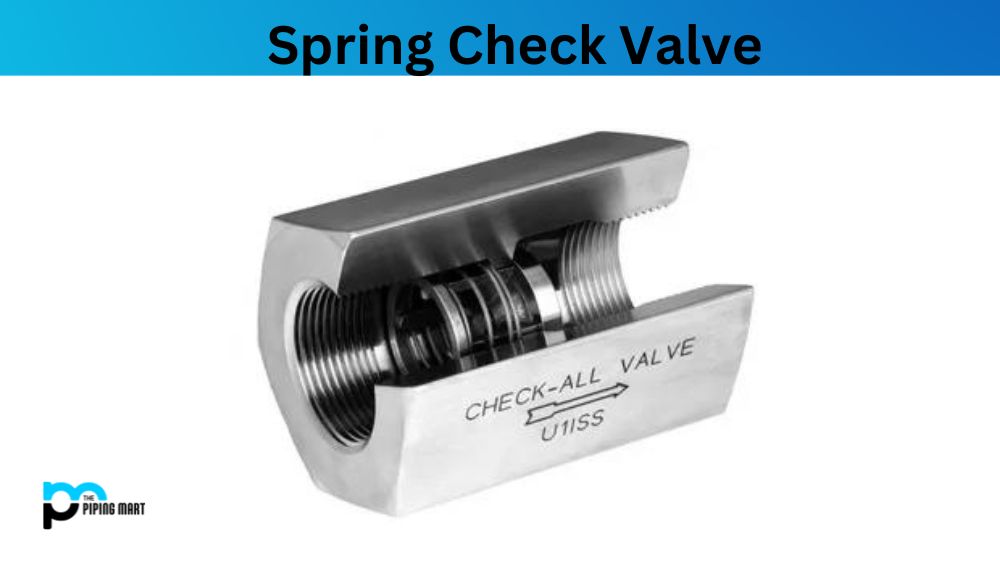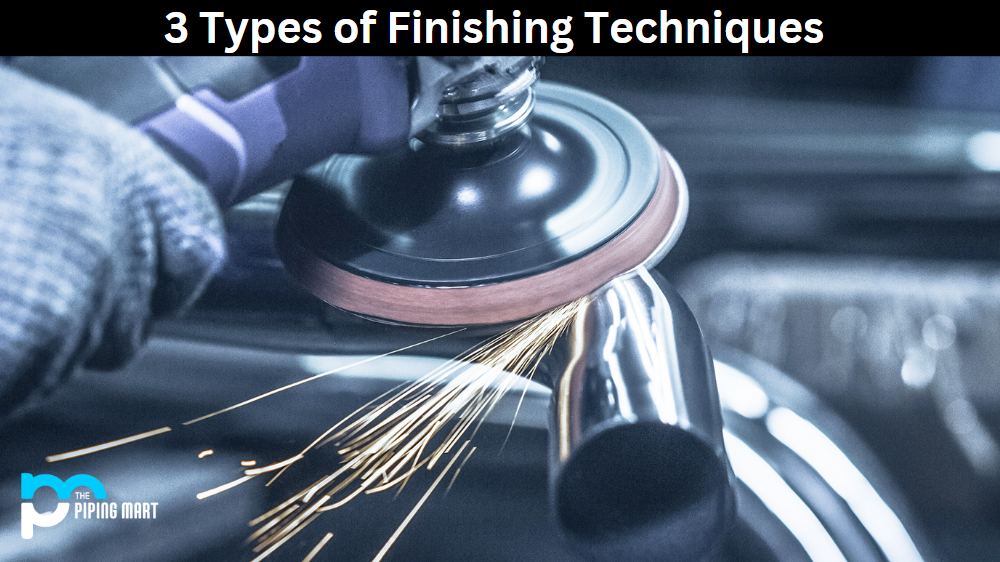A spring check valve is a mechanical device used in pipelines to control and regulate fluid flow in a single direction. It is a check valve that uses a spring to force a flap or disc against the valve seat, thereby preventing backflow. This blog post will discuss all the essential details about spring check valves, including their properties, uses, and applications.
What is Spring Check Valve?
A Spring Check Valve is a type of check valve (also known as a non-return valve) that uses spring force to open and close the valve. It prevents reverse flow in piping systems to ensure safe operation under normal conditions by automatically opening when forward pressure is applied and closing when there is insufficient pressure. This makes it ideal for backflow prevention in pressurized systems, such as water distribution networks.
Properties of Spring Check Valves:
Spring check valves are robust and sturdy, capable of withstanding extremely high-pressure ratings. They are also corrosion-resistant, thanks to the materials used in their construction, such as stainless steel, carbon steel, and brass. Additionally, these valves have a low cracking pressure, which means they can operate even at low fluid pressure. Finally, spring check valves have low maintenance requirements, which makes them an ideal choice for various industries.
Uses of Spring Check Valves:
Spring check valves find applications in numerous industries, including oil and gas, petrochemicals, power plants, water treatment, and food and beverage. They are used in pipelines to prevent the backflow of fluids, which can contaminate the pipeline and cause damage to the system. Additionally, spring check valves are used to maintain pressure in pumps, especially in reciprocating pumps, where the backflow can affect the pump’s performance and cause damage.
Applications of Spring Check Valves:
Spring check valves are used in many applications, such as in-line pump applications, oil and gas pipelines, feedwater control, and HVAC systems. In the oil and gas industry, spring check valves are used to control the flow of gas and oil in pipelines. Feedwater control systems prevent the backflow of contaminated water, which can impact the quality of the steam produced.
How to Use Spring Check Valves:
When using a spring check valve, it’s essential to position it in the right direction. It should be installed to allow fluid flow in only one direction, with the arrow on the valve indicating the correct flow direction. Additionally, it’s crucial to ensure that the valve is appropriately sized for the pipeline system. If the valve is too large, it can result in excessive pressure drop, while a too-small valve can cause bottlenecks in the system.
Conclusion:
In conclusion, spring check valves are vital in regulating fluid flow in pipelines, especially in industrial applications. They offer numerous benefits, including robustness, corrosion resistance, and low maintenance requirements, making them an ideal choice for various industries. It’s essential to use the right spring check valve for the pipeline system and to position the valve correctly to ensure efficient and proper functioning. If you have any queries regarding spring check valves, you can consult industry experts for appropriate advice.

Hey, I’m Krutik, a casual blogger expert in the metal industry. I am passionate about providing valuable information to my readers. With a background in engineering and construction, I like playing Cricket & watching Netflix shows in my free time. Thank you for visiting my blog, and I hope you find my information helpful!




